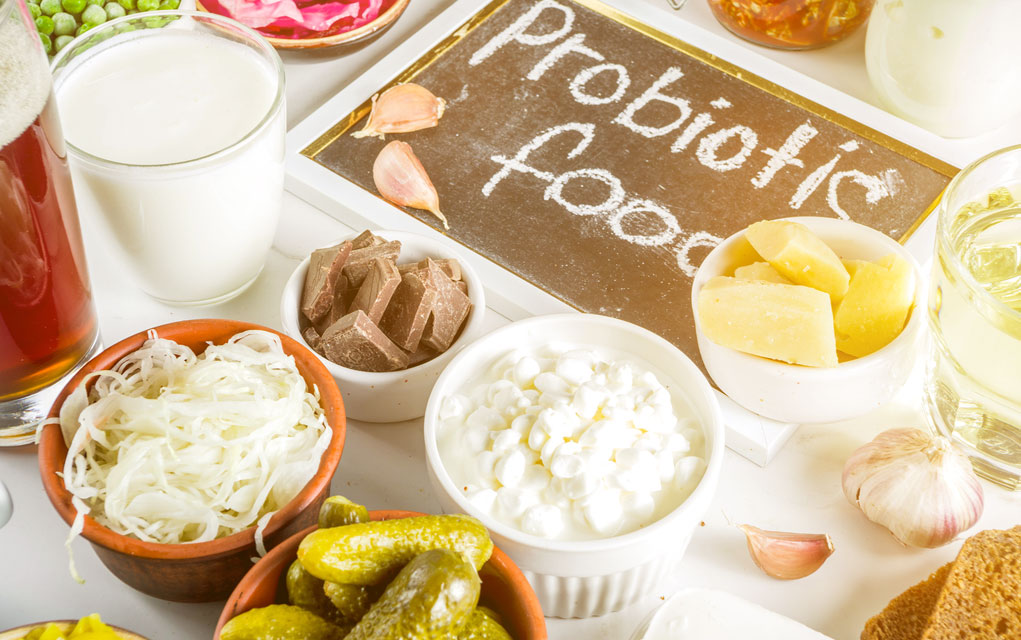Many wellness trends point to the importance of gut health. As we learn more about the human microbiome, it becomes clear how seemingly harmless habits affect our general health. Apart from the rise in popularity of diets such as Gluten-Free and Low FODMAP, we also often hear probiotics and fairly recently, the term prebiotics.
Probiotics
Working with clients and giving talks about basic care for your gut health, the common, immediate question asked when I mention the word probiotics is whether or now I am referring to a popular brand of cultured milk. The almost immediate answer is “No”.
So what are probiotics? They are cultured friendly bacteria that improve your gut health when consumed. Think of it this way: inside our gastrointestinal tract is a whole different world inhabited by two colonies of bacteria, the good and the bad. The consumption of probiotics helps the good ones outnumber the bad so you have a healthy gut flora leading to better energy, bolstered immunity and great skin. The list of benefits of keeping your gut healthy goes on and on.
The Best Ways to Add Probiotics in Your Diet
Let’s go back to that popular brand of cultured milk and why I answer no when asked if it is what I refer to when I recommend the consumption of probiotics. Cultured milk is made of dairy, which has been proven to cause inflammation in the gut. Not to mention, some brands add sugar to make it more palatable –an ally of the bad bacteria currently existing in your gut.
The best way to include probiotics into your diet is through fermented food. Apple Cider Vinegar, Miso, Kimchi, Kombucha, and Kefir are some of my favorites. In choosing these, make sure you go for brands you trust to make sure the fermentation process was done in sanitary conditions. And if you are a fan of yoghurt, I recommend Coconut Yogurt instead of dairy.
If fermented food is not readily available to you, it helps to take probiotic supplements. These are widely available in drug stores and specialty health stores. Brands that carry multiple strains of bacteria are better than just one (you’ll also find that they are more expensive).
Prebiotics
The consumption of prebiotics goes hand-in-hand with probiotics. Prebiotics come from insoluble fiber or fiber that cannot be digested by your body. They serve as “food” for the good bacteria in your gut allowing them to grow and thrive.
Including Prebiotics in Your Diet
It’s easier to add prebiotics into the food you eat. Prebiotics can be found in whole rolled oats, bananas, almonds and other foods rich in fiber.
It’s important to be mindful about the inclusion of both prebiotics and probiotics in your daily diet and making sure there’s a healthy balance to ensure maximum benefits and a healthy, vibrant gut.







.png)

